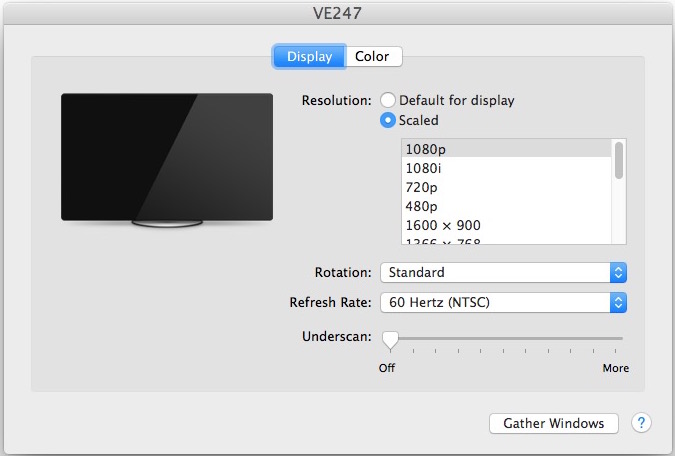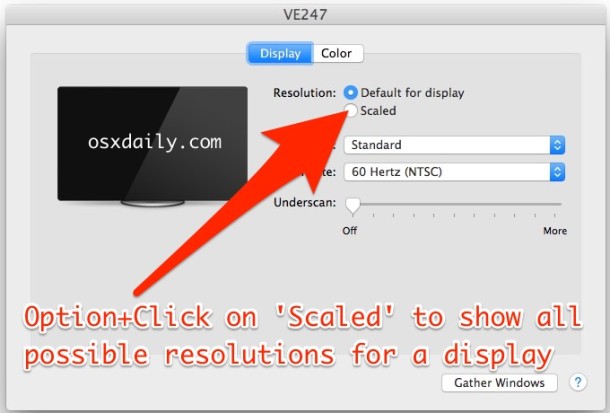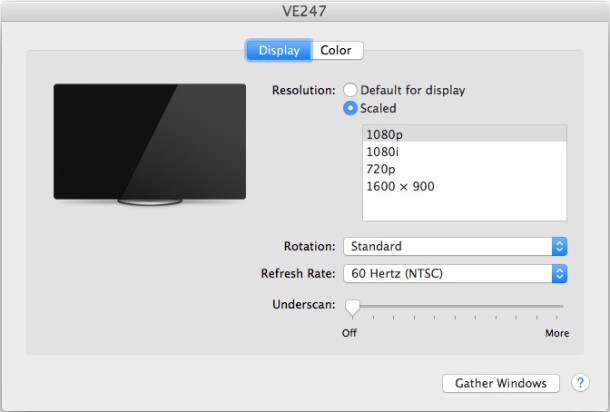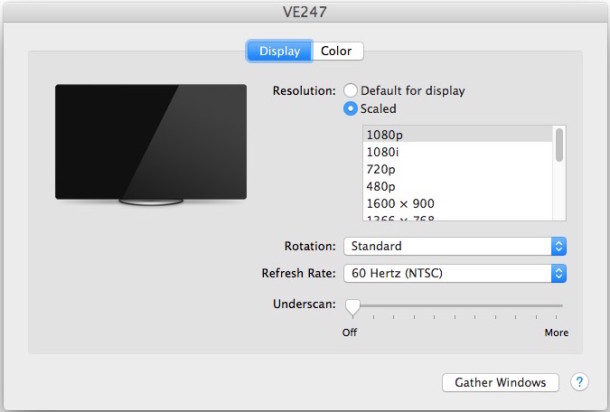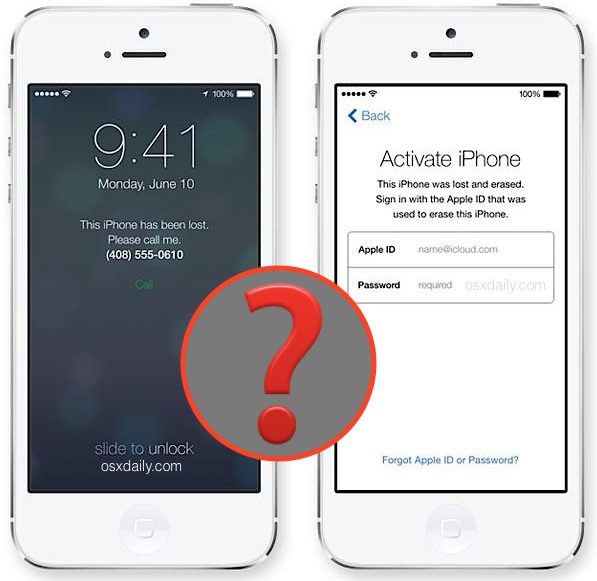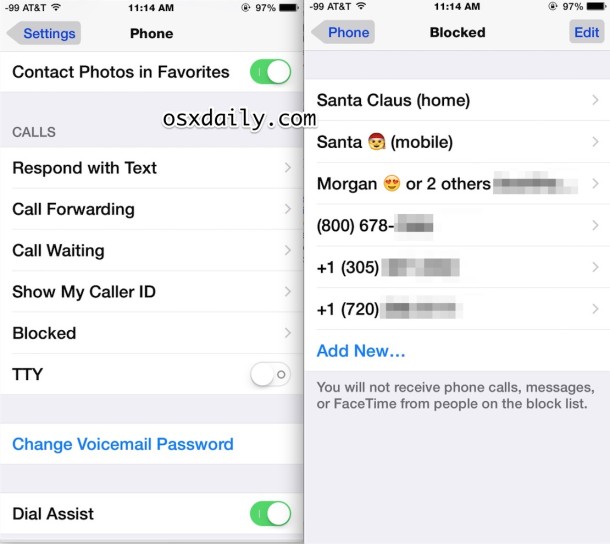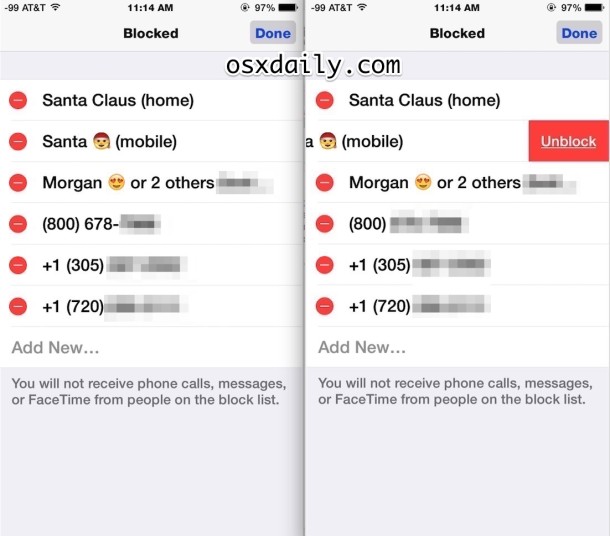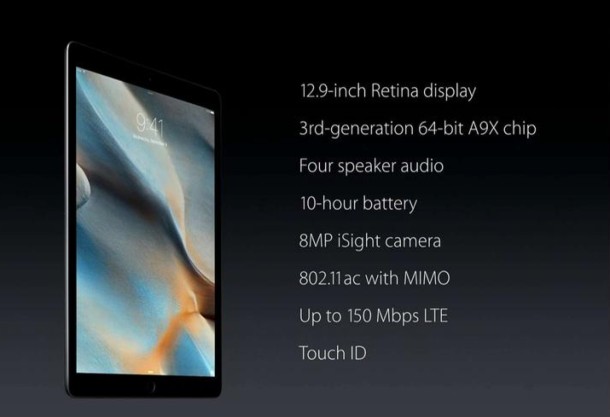How to Restore a Mac from a Time Machine Backup
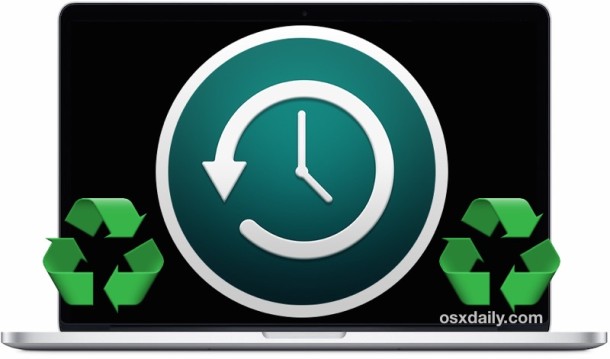
While Macs have a great reputation for being stable and rarely experiencing major issues, the reality is that sometimes things can go wrong. Typically this happens when either a hard drive fails or an OS X system update goes completely awry, but if you have set up Time Machine backups on the Mac like all users should, then you will discover that restoring an entire systems hard drive from that Time Machine backup is really quite easy.
To be perfectly clear, restoring Mac OS X and all of your personal stuff from a previously made Time Machine backup is really only needed in extreme situations, and fortunately this is not something that is frequently required or necessary. Nonetheless, it’s good to understand how this process works, so if you ever find yourself in a situation where you have a new hard drive (or even a new Mac), or you just need to perform a complete restore of a previous backup, this tutorial will cover that restoration process of everything with Time Machine.
Note this aims to recover and restore an entire Mac, including all files, all applications, and OS X system software, everything that is made from and contained within a Time Machine backup. If you only want or need to re-install OS X, you can use Internet Recovery for that, which will replace only the system software portion, without any personal files or applications.
Restoring and Recovering an Entire Mac System from Time Machine Backups
- Connect the Time Machine backup drive to the Mac if you have not done so already
- Start up or reboot the Mac and hold down the Command+R keys simultaneously, this will boot into the OS X Recovery Partition
- At the “OS X Utilities” screen, choose “Restore from Time Machine Backup” and click on the Continue button
- Select the Time Machine volume (either the external back up drive, network Time Capsule, or otherwise)
- Select the date and time of the Time Machine backup you wish to restore the entire Mac from, and click on “Continue” – this begins the restoration process from the backup you selected, generally you’ll want to pick the most recently made backup but advanced users may choose another date (keep in mind if you pick an earlier date you will lose files and data created from that date onward)
- When Time Machine has finished restoring everything, the Mac will reboot into the restored state from the chosen backup date
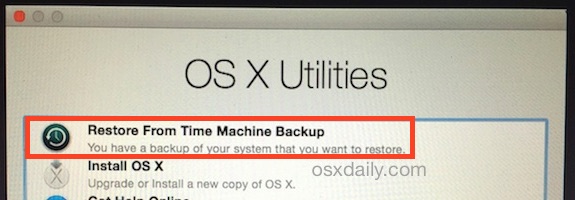
Pretty easy, right? You’ll be back on your feet in no time with this method of restoring a hard drive from Time Machine backups.
Of course it may go without saying that this requires a recent Time Machine backup to even restore the Mac from in the first place, which is why setting up Time Machine, letting it perform it’s backup routine on schedule, and ideally starting and completing manual backups before installing system updates or modifying major OS X components is so strongly recommended.
Do note that you can re-install OS X without a Time Machine backup, but you can lose personal files that way. Having frequent backups is basically essential, so if you haven’t done so yet, do yourself a favor and get Time Machine configured with your Mac, hopefully you’ll never need to use the backup service, but if you do, you’ll be happy you set it up.

